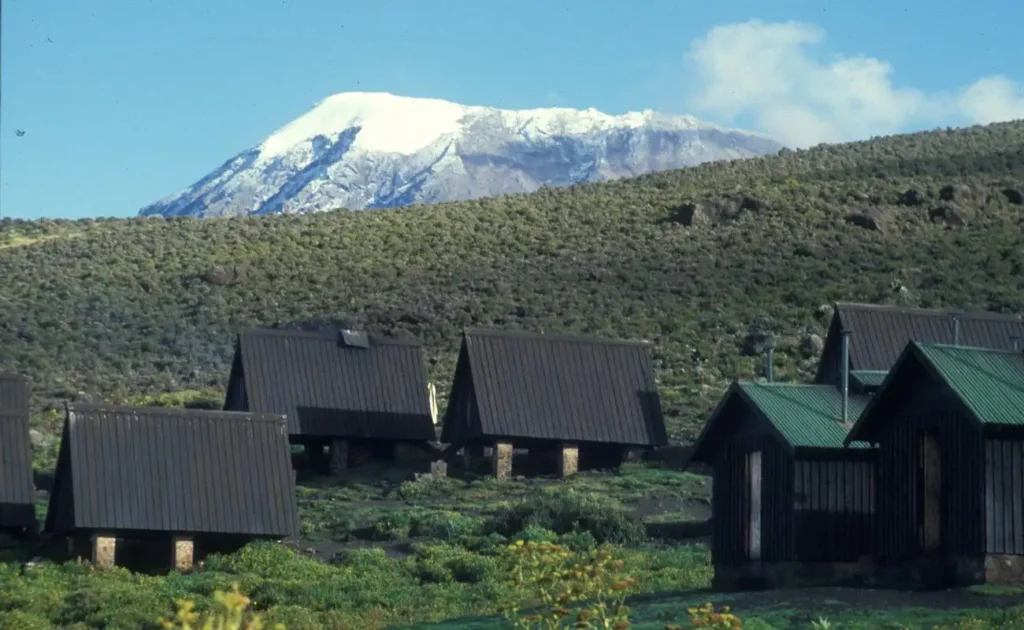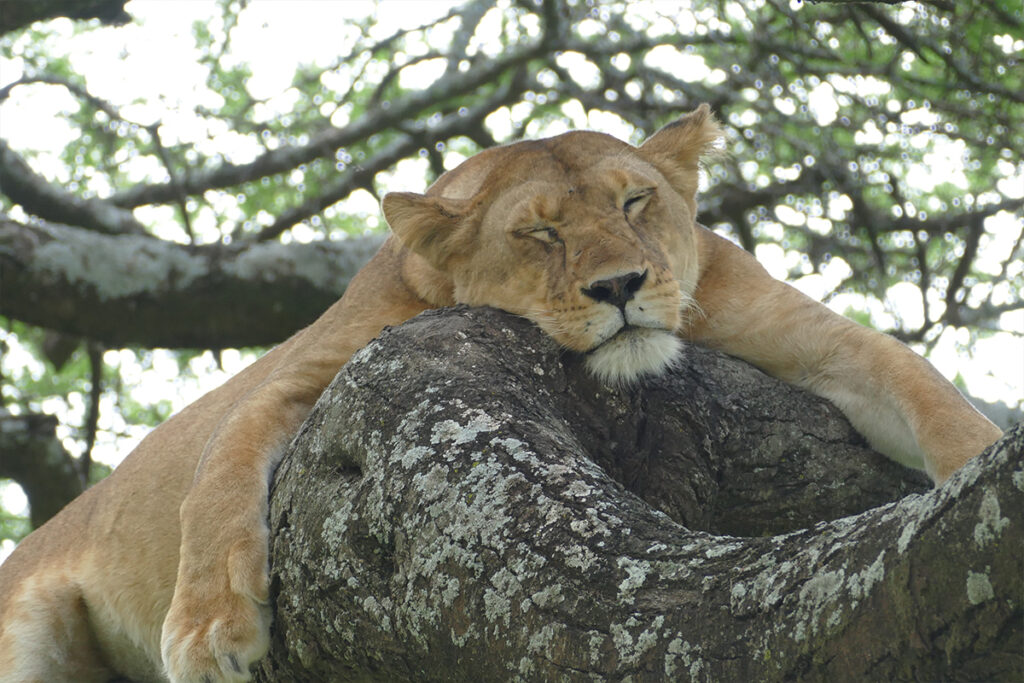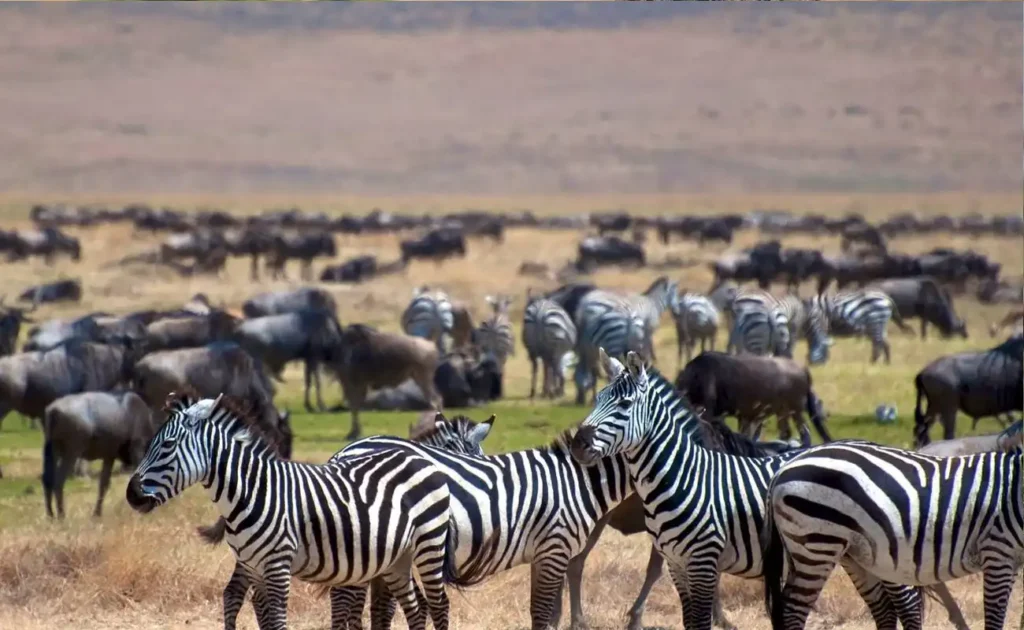Intriguingly, the Datoga tribe, nestled in the heart of Tanzania, boasts an unbroken lineage of metallurgical expertise that spans millennia. This semi-nomadic community, known for their resilience, deeply values storytelling as a means to preserve and pass down their rich cultural heritage. Their traditional dances and body scarification rituals are not only stunning visual spectacles but also profound symbols of identity and community cohesion.
The roots of the Datoga tribe extend back to the Nilotic era, with a history marked by migrations and interactions with other tribes. Today, they number approximately 87,000, maintaining a distinctive pastoral lifestyle that fascinates anthropologists and cultural enthusiasts alike. A visit to a Datoga village often includes witnessing said iron-smelting techniques, a craft that is both an economic and cultural cornerstone of their society.

Datoga Tribe Cultural Experience
The Datoga tribe, residing in northern Tanzania, offers a unique glimpse into a lifestyle that harmonizes with nature. With a population of around 87,000, they are known for their traditional ways and pastoral lifestyle. Their language, Datoga, is a crucial part of their identity, passed down through generations. They dress in vibrant clothing, adorned with beads and metal jewelry, symbolizing their rich culture. In gatherings, their dances are more than just performances; they’re a way to tell stories and celebrate community.
Metallurgy is a distinctive art form among the Datoga, garnering attention for their skill in crafting tools and jewelry. This ancient knowledge is not only a survival mechanism but also an art passed from elders to the young. The crafting process involves smelting metal using traditional methods, keeping their techniques secret and admired. Interestingly, as shared in this post, these metallurgical skills draw tourists who are keen to learn and observe this age-old craft. By showcasing their unique expertise, the tribe has begun to engage with a wider audience, sustaining their art and culture economically.
The social structure of the Datoga tribe is anchored in family bonds and respect for elders. They have a semi-nomadic lifestyle, following the rhythm of nature and animal migrations. Livestock, especially cattle, plays a pivotal role in their community, reflecting wealth and social status. Education, though traditionally informal, integrates modern elements to adapt to changing times. This blend of old and new helps the Datoga hold on to their identity as they navigate a rapidly changing world.
The interaction with other tribes and the rise of tourism present both challenges and opportunities for the Datoga. While they strive to maintain their heritage, outside influences bring new ideas and technology. According to the article, a balance is crucial for sustained cultural preservation while embracing beneficial changes. Engaging in cultural exchange programs, some Datoga have adapted to modern ways without losing their roots. As their culture reaches more people, the tribe finds new ways to thrive in a diverse environment.
Unveiling the History and Migrations of the Datoga Tribe
The Datoga tribe’s history is a rich tapestry woven with migration and resilience. Originating from the highlands of Ethiopia, they journeyed southward in search of grazing lands. This long migration brought them through Kenya and eventually into Tanzania, where they settled. Throughout this journey, they interacted with various other tribes, merging some aspects of their cultures. Their ability to adapt while maintaining their core traditions is truly remarkable.
Their movement was not just about finding new lands but also about survival and growth. The Datoga migrated with their livestock, ensuring their herds had access to water and pasture. They encountered different tribes, such as the Maasai and Sukuma, each interaction influencing their way of life. These interactions sometimes led to conflicts, but also to trade and the exchange of knowledge. This integration helped shape the Datoga’s unique cultural identity.
Over time, the Datoga have demonstrated incredible adaptability. Despite migrations and external influences, they retained their traditional customs and social structures. Their history showcases a balance between change and continuity. They continue to honor their ancestors through rituals and ceremonies tied to their migration stories. These tales are crucial for younger generations to understand their roots and identity.
Exploring the history of the Datoga reveals a journey of endurance and cultural preservation. Their historical narratives are not just stories of their past but also lessons for the future. By studying their migrations, we gain deeper insights into their strategies for survival. They exemplify how a community can endure through adaptation and resilience.
- Originated from Ethiopia
- Migration through Kenya to Tanzania
- Interaction with Maasai and Sukuma tribes
Their history is a testament to their strength and tenacity.
Unique Traditions: Language, Clothing, and Rituals
The Datoga tribe’s distinct language, Datoga, is a vital part of their identity and cultural expression. It is spoken mainly within their communities and plays a crucial role in preserving their customs and stories. Language is paramount for passing down oral traditions and maintaining a sense of unity among tribe members. Alongside language, traditional songs hold great significance, celebrating history and shared experiences. These songs are often sung during significant events and gatherings to strengthen community bonds.
The clothing of the Datoga tribe is colorful and carries cultural significance. Crafted from hides, the garments are often adorned with beads and intricate patterns. Men typically wear simple garments while women dress in more elaborate attire, reflecting their societal roles. These decorations aren’t just for aesthetics but symbolize status and identity within the tribe. The process of making these outfits involves traditional skills and creativity, ensuring each piece is unique and meaningful.
Rituals within the Datoga tribe are deeply rooted in their culture, serving as a bridge between the physical and spiritual worlds. Ceremonies mark important life stages such as births, marriages, and harvests, bringing the community together. These rituals often include dance, music, and storytelling, vital elements that enhance the cultural tapestry. Participants wear specific clothes and use symbolic items to perform these rituals, reflecting their beliefs and values. This connection to tradition helps keep their culture alive for future generations.
Exploring the Datoga tribe’s traditions reveals much about their values and worldview. Their language, clothing, and rituals showcase a society rich in heritage and tradition. As cultural preservation becomes imperative, these elements continue to thrive within the tribe. This list highlights some of the components of their remarkable customs:
- Datoga language
- Colorful beadwork clothing
- Diverse rituals with dance and music
Their unique traditions offer insights into a way of life deeply connected to their past.
The Art of Metallurgy in Datoga Tribe
The Datoga tribe’s metallurgical skills have been passed down through generations, showcasing their expertise and resourcefulness. Using techniques developed over centuries, they transform metal into essential tools and beautiful jewelry. This expertise in metallurgy is one of their most distinguishing cultural traits. Their metal creations are not just functional but are also symbols of identity and craftsmanship. These items reflect the tribe’s connection to their environment and their ingenuity.
Creating these metalworks begins with gathering raw materials, often involving iron ore collected from nearby areas. The smelting process, held in special furnaces, melts the ore into a workable material. This traditional method is both meticulous and labor-intensive. Once the metal is ready, it is shaped and hammered into desired forms. The final products exhibit a remarkable blend of utility and artistic design.
Iron tools forged by the Datoga are crucial to their daily life, aiding in farming and hunting. Tools include knives, spears, arrows, and farming implements. Their utility extends beyond practical uses, as these tools have cultural importance during tribal ceremonies. Datoga weapons are sometimes exchanged or traded with neighboring tribes, promoting connections and alliances. Every crafted item holds tales of the community’s resilience and dedication.
Jewelry is another aspect where the Datoga’s metallurgical talents shine, embodying artistry and tradition. Beaded necklaces and bracelets intricately combine metals and stones. These adornments hold significant cultural meanings, often marking rites of passage or social status. The meticulous crafting process ensures each piece is unique and valuable within the tribe. Wearing this jewelry signals a connection to their rich heritage and identity.
Beyond their immediate functions, the metallurgical practices of the Datoga have broader implications for cultural preservation. By continuing these ancient crafts, they ensure their history and traditions are preserved for future generations. The tribe’s ability to maintain this art form amidst modern influences showcases their commitment to cultural identity. This dedication is not only a testament to their ancestors but also an inspiration for others who witness their skill. Through metallurgy, the Datoga tribe keeps their heritage alive, celebrating both their past and future.
Social Structure and Lifestyle of the Datoga People
The social structure of the Datoga people is deeply rooted in family and community bonds. Elders are highly respected, often making important decisions and guiding the youth. Family units are extended, creating a strong support network that ensures everyone’s welfare. This communal lifestyle fosters cooperation, with each member playing a specific role. Children learn skills necessary for survival from their parents and grandparents.
The lifestyle of the Datoga tribe is primarily pastoral, revolving around cattle herding and livestock management. Livestock represents wealth and status, serving as a critical component of their economy. Cattle, goats, and sheep provide food, materials, and a means for trade. This nomadic lifestyle involves moving with the seasons to find fresh grazing lands. Their movements reflect an innate understanding of the environment and natural resources.
Housing in the Datoga community is typically simple, reflecting their nomadic habits. Traditional homes, called “bomas,” are constructed using locally sourced materials like wood and grass. Each boma is designed to be practical, offering protection from harsh weather conditions. Living arrangements are often in close proximity, maintaining a sense of community connection. These homes serve as centers for both shelter and social gatherings.
The role of women within the Datoga society is multifaceted, encompassing domestic duties, caregiving, and craftsmanship. Women are pivotal in maintaining social bonds and passing down cultural traditions through storytelling and songs. They skillfully create beautiful jewelry and garments, enhancing the tribe’s rich cultural tapestry. Men, on the other hand, are primarily responsible for herding and protecting the livestock. Both genders contribute significantly to the community’s functioning and harmony.
The Datoga people have adapted to changes over time while maintaining their traditional ways. Although modern influences have reached them, the tribe continues to uphold its customs and values. Social structures remain robust, with younger generations learning from their elders. This blend of tradition and adaptation ensures their cultural heritage endures. Their cohesive community life is a testament to their resilience and unity.
The Datoga Tribe’s Interaction with Other Tribes and Modernization
The Datoga tribe has a long history of interactions with neighboring tribes, such as the Maasai and Sukuma. These interactions have often been a blend of conflict and cooperation, leading to mutual exchanges of culture and resources. Trade has been a significant aspect of their relationships, with the Datoga exchanging their iron tools and jewelry for livestock and other goods. Despite occasional conflicts over resources, these interactions have resulted in a rich cultural mosaic. Such exchanges have also fostered alliances and blended traditions among communities.
Modernization has brought new challenges and opportunities for the Datoga tribe. The introduction of modern roads and transportation has eased their movement and access to markets. This has allowed for better trade opportunities, where the Datoga can sell their craftsmanship beyond their traditional boundaries. However, with these changes come pressures to adapt and potentially compromise some traditional practices. Balancing modern influences while preserving their cultural heritage remains a constant endeavor.
Technology has found its way into Datoga communities, especially in the form of mobile phones and social media. These tools are used to maintain connections within the tribe and with the outside world. They also facilitate the sharing of their culture and traditions more broadly, reaching new audiences. Young Datoga members are increasingly becoming tech-savvy, integrating modern tools with their ancient practices. This combination of old and new is helping the tribe navigate the modern landscape.
Education has also become a bridge between the past and the present for the Datoga people. Traditional knowledge is still handed down, but formal education is more widely accepted now. Schools are gradually appearing within their communities, offering modern knowledge while respecting traditional learning. This dual education system aims to equip young Datoga with skills for both their traditional lifestyle and the modern world. The result is a generation that can honor their heritage while embracing new opportunities.
Many Datoga have found ways to blend their traditional skills with modern economic activities. Some have turned their artisanal crafts into businesses, tapping into the growing interest in unique, handmade goods. Tourism has become a vital source of income by inviting outsiders to learn about their culture. This economic integration allows the Datoga to sustain themselves while keeping their traditions alive. Their adaptive strategies showcase resilience and innovation.

Frequently Asked Questions
Explore the intriguing facets of the Datoga tribe, from their cultural practices to their interactions with other groups. Discover insights into their traditional artistry and social dynamics.
1. What are the main traditional practices of the Datoga tribe?
The Datoga tribe holds rich traditions, including intricate metalwork passed down through generations. Their distinct metallurgical skills are not only a craft but also a representation of their cultural identity. This art form is essential for both functional and ceremonial purposes within their community.
In addition to metallurgy, the Datoga engage in vibrant dances and rituals that celebrate life stages and community events. These traditions play a vital role in storytelling and preserving their history. Each ceremony and craft embodies their heritage, knitting the community closer.
2. How does the Datoga’s social structure function?
The social structure of the Datoga is centered on extended family and community cooperation. Elders are highly respected and often serve as decision-makers and guides for the younger members. This creates a support network that ensures cohesion and passes down essential knowledge.
The societal roles within the tribe are defined yet flexible, allowing members to contribute in various capacities. This ensures the community’s survival and adaptability. Such structures have helped them maintain their cultural integrity amidst modern influences.
3. How do the Datoga people preserve their cultural identity?
The Datoga preserve their cultural identity through a combination of oral traditions, music, and crafts. Language plays an integral role, and the younger generation learns about their heritage through storytelling. These practices are vital tools for maintaining their unique cultural expressions.
Moreover, the Datoga engage in ceremonial dances and create traditional attire that symbolizes their history and beliefs. These practices serve to inspire pride among the tribe members. They also draw attention to their culture from outside observers, enhancing awareness and understanding.
4. What is the relationship between the Datoga and other tribes?
Historically, the Datoga have interacted with neighboring tribes like the Maasai and Sukuma, primarily for trade and cultural exchange. These relationships were both cooperative and competitive, depending on the circumstances of resources such as land and livestock.
Trade with neighboring tribes allowed for a flow of goods and ideas, enriching both cultures. Over the years, these interactions have shaped various aspects of the Datoga’s social and cultural practices, demonstrating their adaptability and openness to new influences.
5. How has modernization affected the Datoga tribe?
Modernization has introduced both challenges and opportunities for the Datoga people. Access to technology, education, and new markets has provided avenues for economic development. However, there is also pressure to balance these changes with preserving traditional ways.
The tribe has responded by integrating modern tools while retaining their cultural roots. Young members are taught traditional skills alongside modern education, fostering a blend of old and new. This dual approach facilitates continuity of cultural values in a rapidly changing world.



